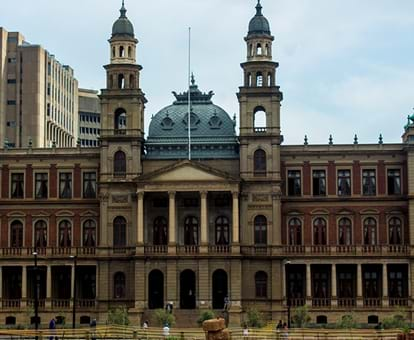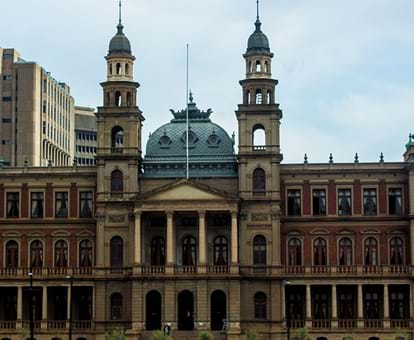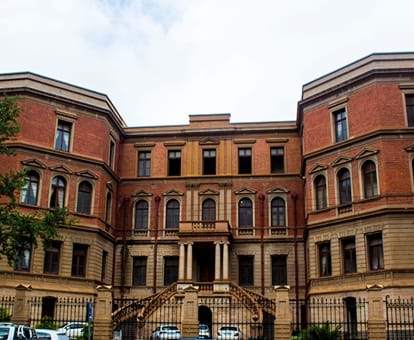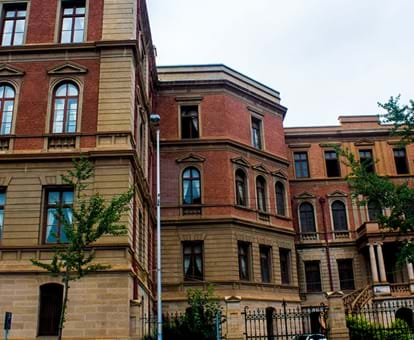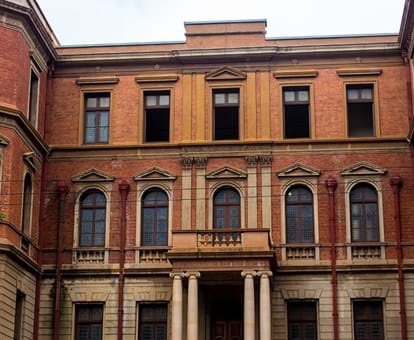By creating an account, I agree to the
Terms of service and Privacy policy
Choose your country and language:
Africa
Americas
Asia Pacific
Europe
WWhile reading about history is a great way to learn about our past, walking the path of history brings the information to life. When you enter the Palace of Justice you hear the ghosts and echoes of a turbulent past, which allows you to understand where we have come from and where we are headed.
Facing the northern façade of Church Square in Pretoria, the Palace of Justice tells a remarkable story of an unswerving anti-apartheid movement, the birth of the Freedom Charter as well as one of the world’s most iconic speeches to date.
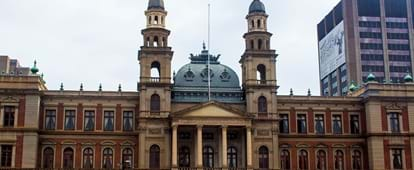
MMore than 50 years ago, Nelson Mandela gave one of the most impassioned speeches of the 20th century while standing in the dock and staring death in the face during the Rivonia Treason Trial.
Palace of Justice
FFourteen steps below the famous dock and in the depths of the Palace of Justice is an austere corridor leading to the holding cells where Madiba and his fellow accused were detained.
Chief among them is a 5m x 7m room with a bare concrete floor, one narrow barred window, a wide ventilation shaft against one wall, and a heavy door with a turn handle and peephole. Coated in graffiti by generations of political prisoners, the musty, peeling walls bear messages of protest as well as the preamble to the Freedom Charter – a set of principles that laid the basis of the democratic dispensation which South Africans enjoy today.
"There comes a time in the life of any nation where only two choices remain - whether to submit or fight," reads one of the messages. Another states: "My dream is to be free, one love."
Next to a drawing of a hangman's noose is a vehement proclamation: "Detention or no detention, imprisonment or no imprisonment, death or no death, the struggle shall continue to re-vindicate the right of our people. Mayibuye I Africa. Amandla."
In addition to the messages left behind, the walls carry a list of prisoners who have come through the spartan cell, including Tokyo Sexwale, Mosiuoa Lekota and Saths Cooper.
DDating back to 1897, it’s no surprise the Palace of Justice is trove of South Africa’s colourful past. Four years after the then-President of the Transvaal Republic, Paul Kruger, laid the foundation stone, the palace – worth £115 260 – was open for business. However, shortly before it was used as the Transvaal Supreme Court, the incomplete palace was taken over by military authorities and turned into a hospital (known as Irish Hospital) for British troops during the Anglo-Boer (South African) War.
Since then, the building has seen many historically significant trials enter its doors.
DDesigned by Dutch architect Sytze Wierda and built by John Munro, the palace is a monument to colonial opulence with an eclectic Wilhelmines style and Italianate influences.
The quaint interior boasts British floor tiles, a Dutch stained-glass ceiling, ornate sconce lamps, carved dark wood dais for the judge and a jury box with red leather seats that have been vacant since the South African jury system was abolished in 1969.
Today, the Palace of Justice is used as the headquarters of the Gauteng High Court. At the forefront of legal transformation and excellence, the Gauteng High Court has hosted a number of epoch-making cases, such as Oscar Pistorius’ murder trial, the ruling of Sudanese President Omar al-Bashir as well as a scathing judgment against former president Jacob Zuma.
Related Articles

